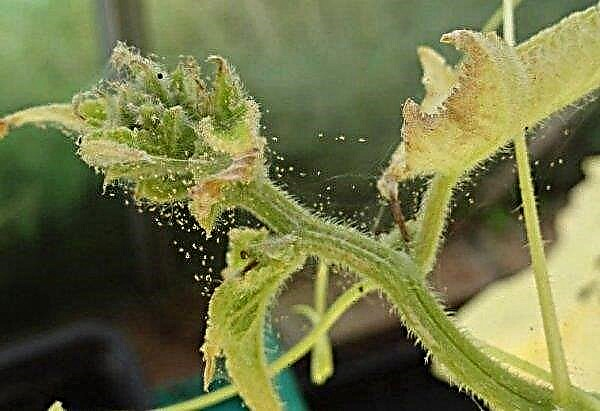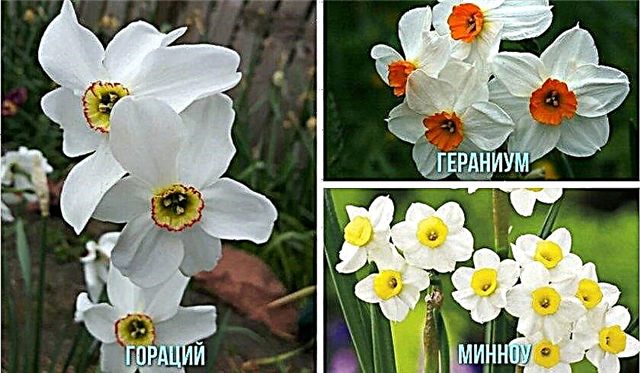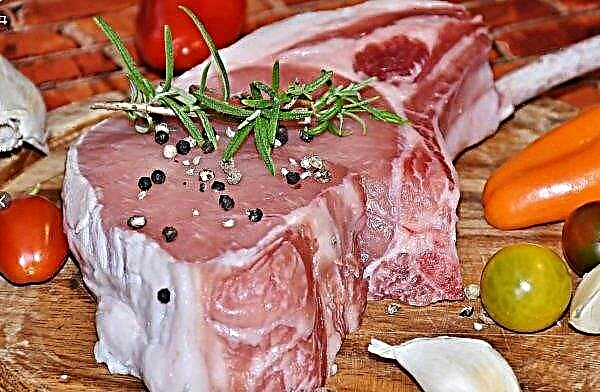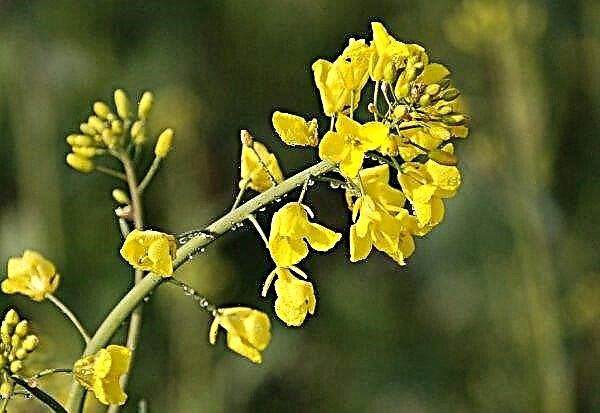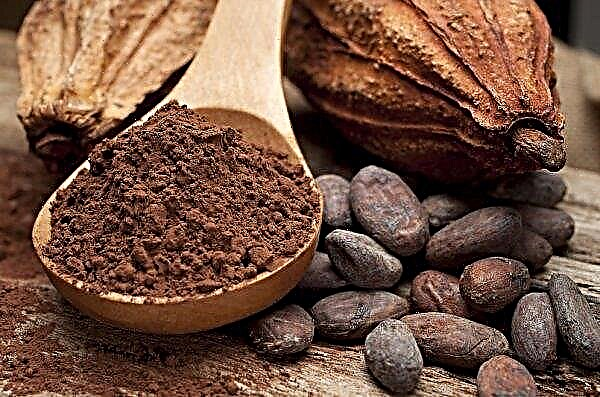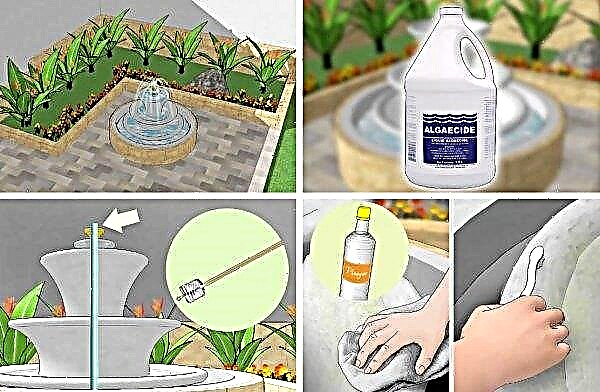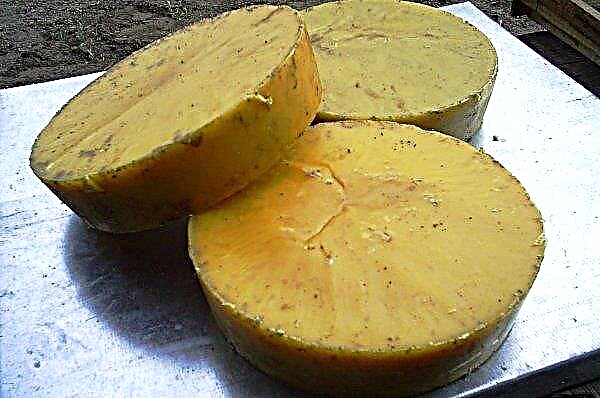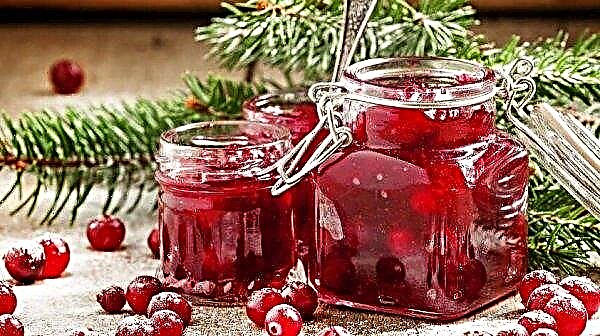On the vegetable shelves you can find not only the usual orange carrots, but also root vegetables of other colors. The features and the best varieties of yellow carrots are discussed in detail below.
What is the difference between yellow carrots and orange
The color of a vegetable determines its chemical composition. And this is the difference between yellow carrots and orange and other varieties of vegetables. There are varieties with pink and purple hues that appear when anthocyanins accumulate. Varieties with red and orange flowers incorporate more carotene.
There are almost no coloring substances in white root crops, but they contain more glucose and healthy dietary fiber. Yellow varieties of vegetables contain xanthophyll and lutein - pigments of the carotenoid class. They give carrots both light and bright canary shades. This species comes from Central Asia and is currently more popular than orange varieties in many countries.
Yellow varieties of vegetables contain xanthophyll and lutein - pigments of the carotenoid class. They give carrots both light and bright canary shades. This species comes from Central Asia and is currently more popular than orange varieties in many countries.
Did you know? At first, the root crop was purple and very bitter. It was grown due to greenery and fragrant seeds. Yellow, red and white carrots that later appeared appeared in food, while orange was bred in the Netherlands in the 17th century.
Description of varieties
There are a large number of both traditional and modern varieties and hybrids of yellow carrots. The varieties described below are considered one of the best.
Mirzoi 304
The table variety was bred at the Uzbek Scientific Research Institute of Vegetable-Gourds and Potatoes in the middle of the 20th century. Ripening to bunch ripeness occurs in 50 days, and after 113-120 days the vegetable grows to technical ripeness. The characteristics of the variety are as follows:
The characteristics of the variety are as follows:
- root crop of cylindrical shape, the tip is blunt;
- the surface is smooth;
- color is yellow or light yellow, the head remains greenish;
- the pulp also has a yellow color, juicy and tender;
- the core occupies up to 30% of the root diameter;
- length - 10-15 cm, the average weight of the root crop is 100-150 g;
- the yield of the variety is good - 200–300 c / ha.
- The advantages of the variety are:
- excellent taste;
- good storage and transportability.
- Mirzoi has 304 and disadvantages:
- prone to cracking;
- at the beginning of the growing season there is a high demand for water.
Yellowstone
This variety has an early ripening and excellent appearance. The growing season is 70–85 days. Features of the appearance are as follows:
Features of the appearance are as follows:
- the length of the root crop - from 18 cm (type Emperor);
- the color is lemon yellow, bright;
- the taste is sweet, crispy;
- high productivity.
- The benefits of Yellowstone are:
- attractive appearance;
- great taste;
- color preservation during heat treatment;
- early ripening;
- good adaptation to various conditions.
This vegetable does not have pronounced disadvantages, however, in order to fully realize its potential, it is necessary to provide nutritious loose soil.
Did you know? Yellow carrots are part of animal feed with a red coat color to maintain this color and improve the general condition of the coat.
Solar yellow
Another early variety with a ripening time of about 85 days. Its characteristics are as follows:
Its characteristics are as follows:
- long spindle-shaped root crops, 16–19 cm;
- color is bright yellow;
- the taste is excellent, crispy;
- high productivity.
Some sources describe the increased demands of the variety for soil friability and the lighting of the beds. Root crops can be used both fresh and for heat treatment.
Chemical composition and calorie content
Like other varieties, yellow carrots have a rich chemical composition:
- magnesium, potassium and calcium;
- iron and zinc;
- fluorine, iodine, as well as sodium and phosphorus;
- vitamins of group B, A, C, E, H and PP, K.
Important! If you eat a lot of red, orange or yellow carrots in a short period of time, the skin of the face and hands can acquire a noticeable yellow tint.
The nutritional value of a vegetable is as follows:
- 1.3 g of protein;
- 0.1 g of fat;
- 7.2 g of carbohydrates;
- calorie content of the product is 33 kcal.

Properties of Yellow Carrots
Most of the properties of the species apply to all types of vegetables, however, there are some features that are described below.
Beneficial features
- Like carrots of other colors, this species has the following useful properties:
- improves metabolic processes in the body;
- improves heart function;
- has a diuretic and choleretic effect;
- helps in the fight against worms;
- improves the condition and color of the skin, hair and nails;
- helps shape the bite in childhood and strengthens tooth enamel.
Specifically, yellow varieties also provide:
- countering the formation of cancer cells due to the high percentage of xanthophyll;
- prevention of cardiovascular diseases and protection of the retina due to a large amount of lutein.
Contraindications and harm
Yellow carrots are not recommended for the following diseases:
- stomach ulcer;
- thyroid disease;
- diabetes mellitus (insulin-dependent);
- individual intolerance to the product.
 Industrial-grown vegetables can be a source of increased pesticides, so for daily and baby food, you should pay attention to organically grown products.
Industrial-grown vegetables can be a source of increased pesticides, so for daily and baby food, you should pay attention to organically grown products.Application methods
The use of yellow carrots is typical for Asian dishes. In general, it can be used in all recipes where the usual root crop is indicated.
The most common uses are:
- whole fresh consumption, as well as in salads or vegetable fondue;
- Passing and further use in soups, stews and other stews;
- as an integral part of pilaf, in recipes with baked meat or fish;
- canning and pickling;
- for sweet pastries in combination with honey, nuts and dried fruits;
- for sweet salads with sour cream or cream;
- for juices, both whole and mixed (with apples, pumpkin, oranges).
The taste of yellow carrots allows you to use it in everyday nutrition and cooking original dishes. The beneficial properties of the root crop make it an important component of a healthy diet for adults and children.

